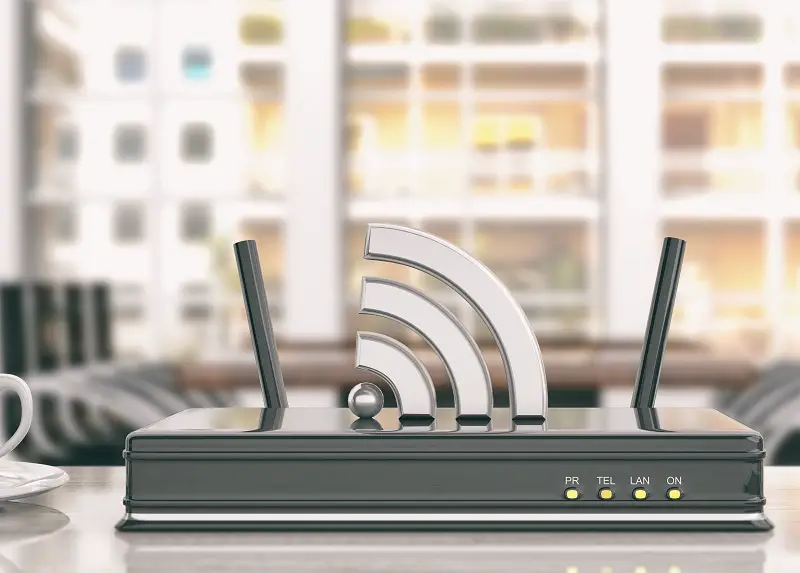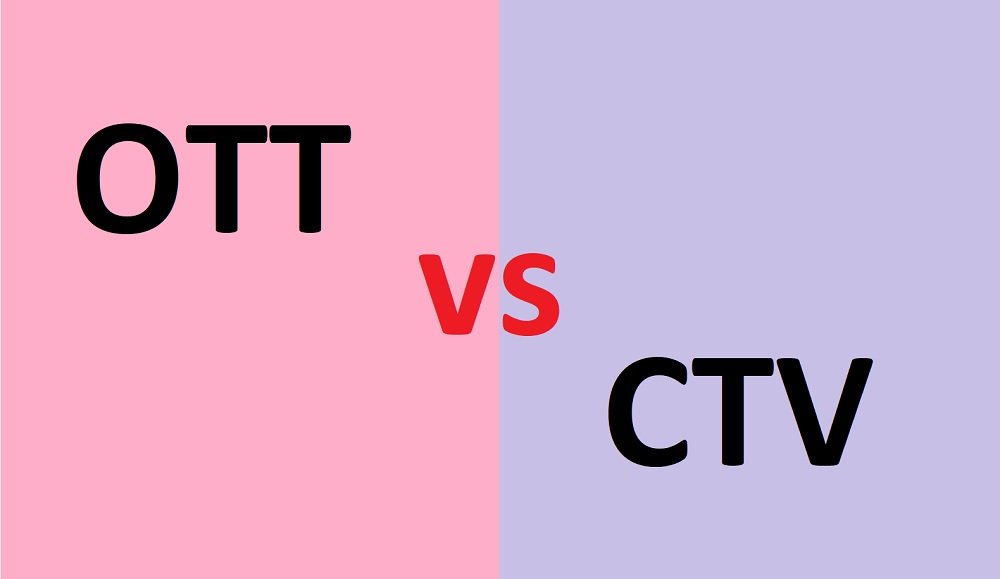Broadband vs Wi-Fi: 3 Key Differences
Well, all this time, did you think Wi-Fi and broadband were the same things? Ironically, they are far from being the same.
Yes, they do focus on some specific traits and characteristics; the main focus of Wi-Fi and Broadband is very different. So, do you want to know what the difference between wi-fi and broadband is?
If your answer is a yes, this is the perfect place for you! Here we have thoroughly discussed all the things that you need to know regarding the product.
Hence, you do not need an engineer’s certificate or a degree in science to have an idea about Wi-Fi and broadband. All you have to do is finish reading it, and you should know what the difference between them is.
A Little More about Wi-Fi and Broadband
Since we know what these two terms mean and what they have to offer, allow us to give you a little more info on the topic. It might be interesting for you! Hence, keep reading.
Broadband

Broadband is the other term that defines quick internet access. Nonetheless, the meaning of broadband is a little different.
The actual meaning of broadband is quick speed and an always-on internet connection. Thanks to broadband, you can enjoy stable and fast internet transfer and usage without any issue.
Wi-Fi

The internet benefits that broadband offers, Wi-Fi helps supplying that to other mobile phones and all the other electronic appliances. However, the range that Wi-Fi operates upon will be pretty small compared to what broadband can do.
Key Differences Between OTT and CTV
Difference Between Wi-Fi and Broadband in Detail
Now, right off the bat, we will start with the differences. We are going to provide you with a summary table of broadband vs. wi-fi. There, we have included all the necessary information regarding the topic in a very easy-to-understand manner.
Before we go to the summary table, let us tell you a little more detail on the deviation between the two terms.
- Meaning
Broadband is an all-time ‘on’ connection that is identical to any internet access. You should know this, the internet access you gain is a continuous signal, and the broadband is always on due to this reason, which allows you to connect to the internet endlessly.
Using broadband, one can continuously be connected to the internet, allowing them to receive and transfer data at all the time.
Wi-Fi is a medium that enables us to connect to any network. It contains a continuous wave of the internet, which enables your mobile devices to connect and use all the perks without any issue instantly.
- Connectivity

Broadband still uses the trust dusty CATV option for domestic usage. On the other hand, the ADSL (Asymmetric Digital Subscriber Line) is one of the most extensively used connection systems for providing a suitable and sustainable connection for every Telecom Company, ISP, and international usage.
Wi-Fi uses a much less complex and easy mode of connectivity. It uses a radio wave to send all the data (it does not require a physical medium for the transfer).
You should know, Wi-Fi contains a very sophisticated configuration that allows someone to connect multiple devices at a time.
- Medium Types
Broadband’s connectivity has advanced in numerous ways over the years, and currently, the modes of connection that are the most famous are:
- 11a
- 11b
- 11g
- 11n
Now, Wi-Fi also comes with four different variants of connection modes.
- DSL
- Cable
- Satellite
- Fiber-optics
Some of Our Articles You May Want to Read:
- TCP Vs. UDP – 9 Key Differences Between TCP and UDP
- IPv4 Vs. IPv6 Comparison – What Are The Differences?
- HTTP Vs. HTTPS: Which One Is Better?
Broadband vs Wi-Fi: The Comparison Table
|
Feature |
Wi-Fi |
Broadband |
|
Definition |
Wi-Fi is a connectivity system, which authorizes you to connect to any electronic appliance wireless. |
It is the aspect that grants you internet entrance. Broadband is coherent with the high-speed internet that you use in your daily life and lets you instantly connect to the internet. |
|
Connectivity |
Wi-Fi has nothing to do with the internet; however, it does require an internet connection. |
Broadband deals with the transfer and receiving data in a wide array of frequencies. |
|
Types |
Conventionally, there are four different types of Wi-Fi connections:
1. 802.11a 2. 802.11b 3. 802.11g 4. 802.11n |
Broadband also comes in four different types: 1. DSL 2. Fiber-Optics 3. Cable 4. Satellite |
|
Data Transfer |
Wi-Fi uses an electromagnetic wave medium (radio wave) to transfer physical data rather than physical means. | ADSL (Asymmetric Digital Subscriber Line) is one of the used widely-used broadband connections. |
Final Words
If you have come this far, you might be a little surprised. By reading our piece on the difference between Wi-Fi and broadband, now you know that Wi-Fi and broadband are entirely two different things.
Broadband is practically the internet connection you use in your daily life, and Wi-Fi conveys that internet to phones and other devices. So, hopefully, you now understand the difference between them.






